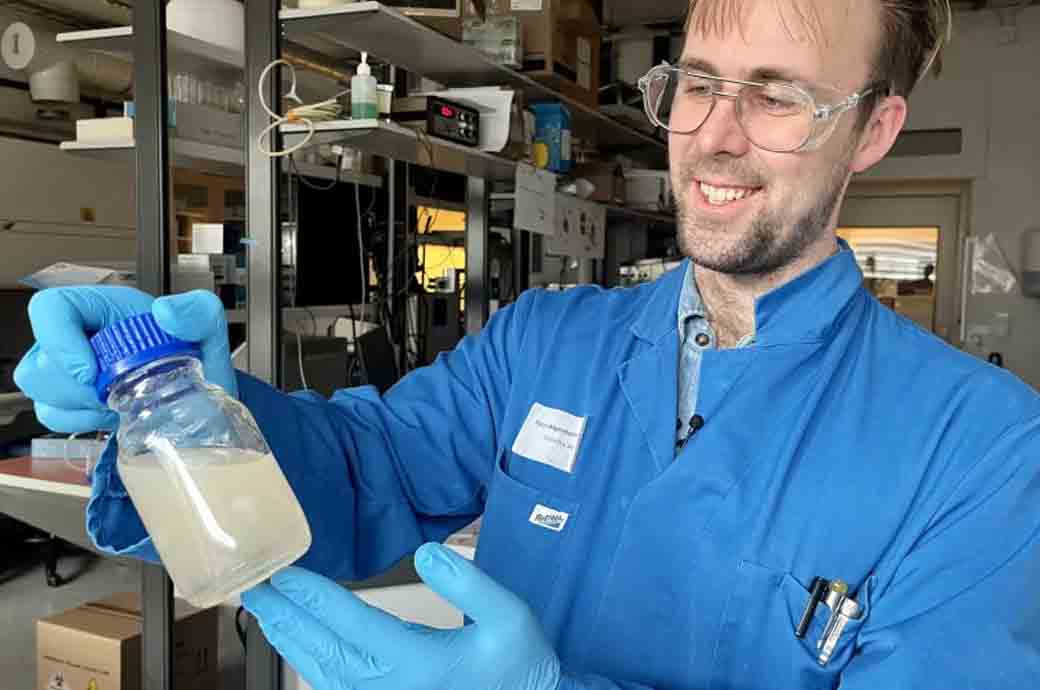
The planet really needs recycled textiles, as it takes a lot of energy, water and land to cultivate cotton and other plant sources for textiles. However, there are many challenges.
“Cellulose chains, the main component in plant fibres, are complex and long. Cotton textiles are also intensively treated with dyes, protective agents and other chemicals. And then there is all the ingrained grime in the form of skin flakes and fats,” said Edvin Bågenholm-Ruuth, doctoral student in chemical engineering at Lund University.
Bågenholm-Ruuth and his colleagues have now found a way to loosen up and convert the complex cotton fibres into viscose fibres. Viscose, sometimes referred to as artificial silk, is a common constituent of clothes such as blouses, skirts and dresses. The raw material is cellulose, in most cases wood.
There are already viscose variants that are to some extent produced using old cotton fibres. However, a satisfactory product often requires a high percentage of ‘virgin’ fibre.
Late last year, the researchers published a study that shows the process. In the coming years there are plans for a pilot plant somewhere in Europe. The method has already been tested regarding the spinning of viscose threads, and the results were excellent, the university said in a press release.
One advantage is that it looks like the process will be inexpensive. It requires a quite simple salt – zinc chloride – which dissolves in water. Another advantage is that a smaller percentage of the toxic substance carbon disulphide is needed compared to standard processes. The result is good-quality viscose fibre, even though the process needs to be further optimised, according to Bagenholm-Ruuth.
“We have used white textiles, but if you use old, dyed clothes, you may need to add a stage that decolourises the clothes. If this can be done while also avoiding traditional bleaching, it is preferable, as bleaching is a very resource-intensive process with a considerable environmental impact.”
The textiles are placed in a zinc chloride solution and within one hour everything is transformed into a gooey mass. Water is added, leading to the precipitation of a fluffy white mass known as a ‘dissolving pulp’, which can be filtered off from the liquid. This pulp can then replace the corresponding wood pulp used in today’s viscose process.
In the next stage, the pulp is treated with a number of chemicals, including carbon disulphide, to make it soluble in sodium hydroxide. The pulp is dissolved, spun and then cut into viscose fibres.
Fibre2Fashion News Desk (RR)